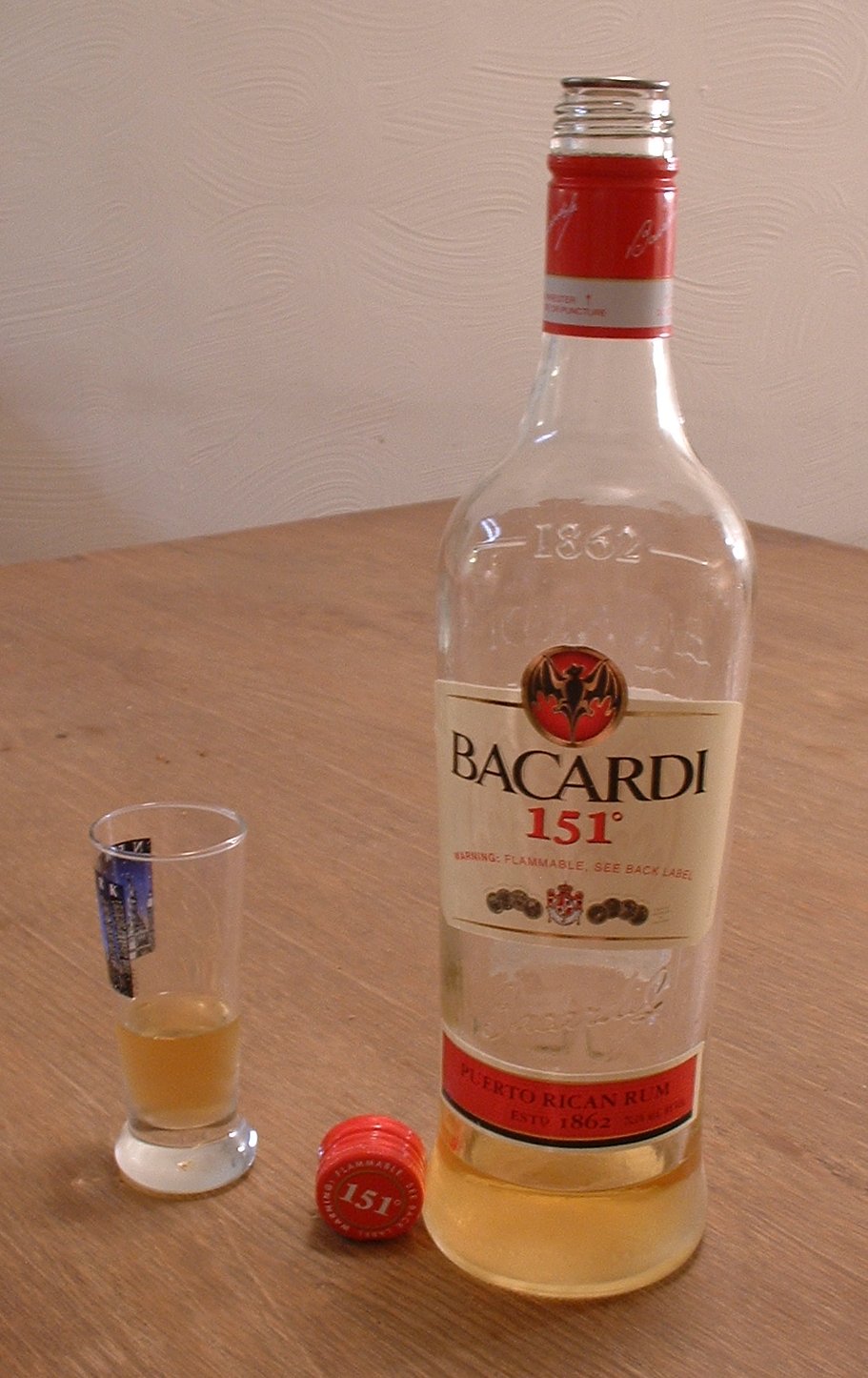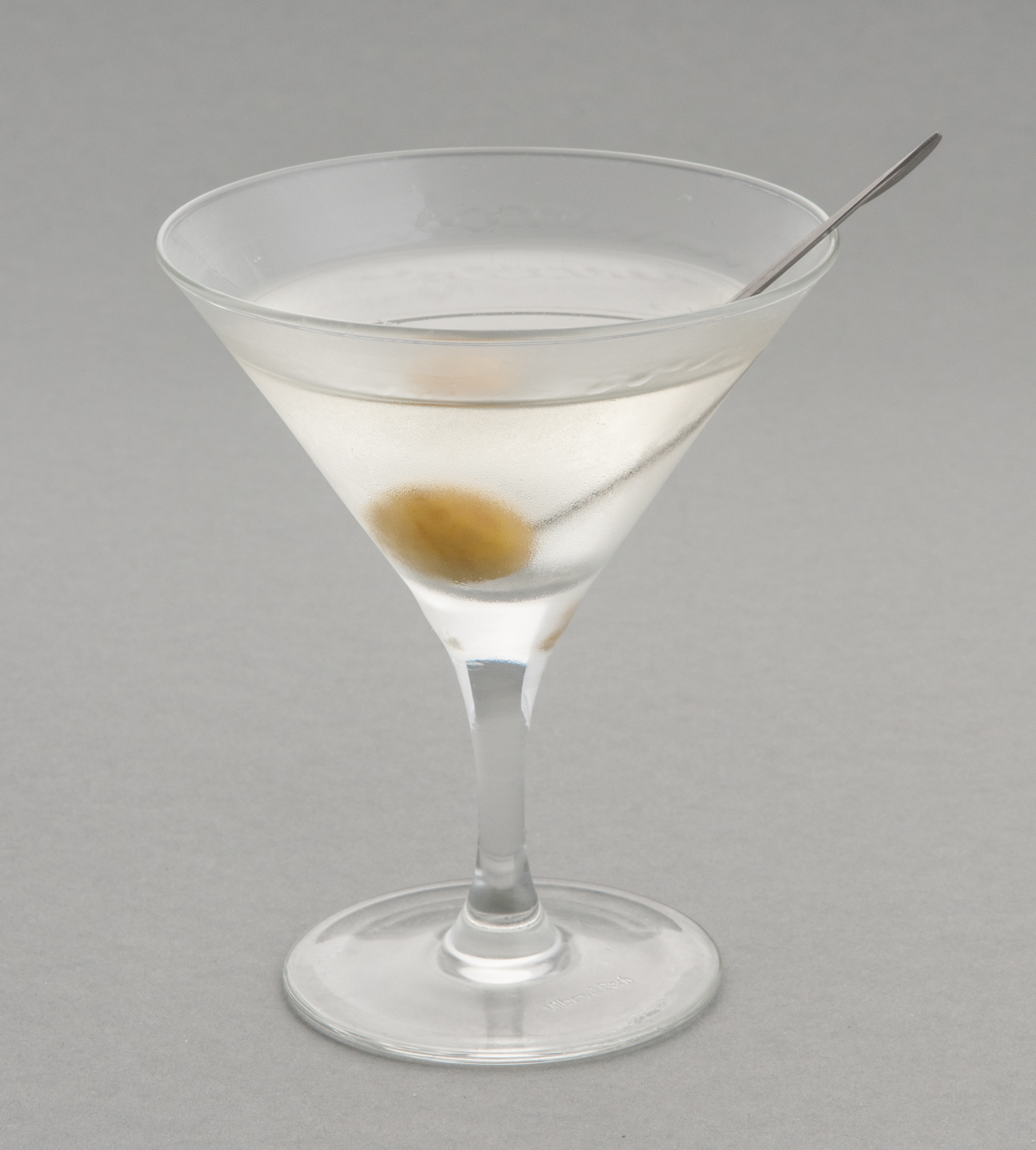|
BuzzBallz
BuzzBallz is a range of US-owned ready to drink cocktail mix currently manufactured by Sazerac Company, Inc. Originally devised as a Master's degree project, it was incorporated as BuzzBallz, LLC and markets itself as a woman-owned and family-run business. It was acquired by Sazerac in 2024. The company manufactures a wide range of beverages sold domestically and internationally and describes itself as a distillery, winery, and brewery in the state of Texas. History Originally devised as a college project by Merrilee Kick in Dallas, Texas while working on a high school teaching degree, the company launched in 2009 and expanded as a family-owned enterprise with assistance from her sons. In a 2016 interview with ''Forbes'', Kick described her difficulties raising money for her business. It was acquired by Sazerac Company, Inc. in 2024. Sazerac is a US-owned private company owned by chairman William Holdring with an estimated net worth of $3.9 billion. The concept for the drink o ... [...More Info...] [...Related Items...] OR: [Wikipedia] [Google] [Baidu] |
Sazerac Company
Sazerac Company, Inc. is a privately held American alcoholic beverage company headquartered in Metairie in the metropolitan area of New Orleans, Louisiana, but with its principal office in Louisville, Kentucky. The company is owned by William Goldring and his family. , it operated nine distilleries, had 2,000 employees, and operated in 112 countries. It is one of the two largest spirits companies in the United States, with annual revenue of about $1 billion made from selling about 300 beverage brands. History The company was founded in 1869 after the purchase by Thomas H. Handy of the Sazerac Coffee House, a bar and importer of a brand of cognac named ''Sazerac de Forge''. The coffee house itself had been established in 1850. After its purchase, Handy's company began to acquire and market more brands of liquor. According to the company, the Sazerac Coffee House had been named after a cocktail called the Sazerac that was created in the mid-1800s by the immigrant Antoine Amédà ... [...More Info...] [...Related Items...] OR: [Wikipedia] [Google] [Baidu] |
Ready To Drink
Ready to drink (often known as RTD) packaged beverages are those sold in a prepared form, ready for consumption. Examples include iced tea (prepared using tea leaves and fruit juice) and alcopops (prepared by mixing alcoholic beverages with fruit juices or soft drinks). There are different types of RTD beverages, each serving a different purpose. Here are the most notable ones: RTD cocktails RTD cocktails are cocktails that have been pre-batched and bottled or canned. The benefits of having such a drink is that the customer does not need to worry about balance, technique or having multiple ingredients at home. The idea is that the customer will open the cocktail and simply pour and serve. RTD cocktails date to the late 1800s, with Heublein selling pre-mixed cocktails under the “Club Cocktails” brand since 1892. The popularity of the RTD category has varied significantly over the years and between markets, most recently growing significantly in the US from the 2010s with ... [...More Info...] [...Related Items...] OR: [Wikipedia] [Google] [Baidu] |
Alcohol Proof
Alcohol proof (usually termed simply "proof" in relation to a beverage) is a measure of the content of ethanol (alcohol) in an alcoholic beverage. The term was originally used in England and from 1816 was equal to about 1.75 times the percentage of alcohol by volume (ABV). The United Kingdom today uses ABV instead of proof. In the United States, alcohol proof is defined as twice the percentage of ABV. The definition of proof in terms of ABV varies from country to country. The measurement of alcohol content and the statement of content on bottles of alcoholic beverages is regulated by law in many countries. In 1972, Canada phased out the use of "proof"; in 1973, the European Union followed suit; and the United Kingdom, where the concept originated, started using ABV instead in 1980. The United States Code mandates the use of ABV, but permits proof to be used also. The degree symbol (°) is sometimes used to indicate alcohol proof, either alone (e.g. 10°) or after a space and joi ... [...More Info...] [...Related Items...] OR: [Wikipedia] [Google] [Baidu] |
Cocktails
A cocktail is a mixed drink, usually alcoholic. Most commonly, a cocktail is a combination of one or more spirits mixed with other ingredients, such as juices, flavored syrups, tonic water, shrubs, and bitters. Cocktails vary widely across regions of the world, and many websites publish both original recipes and their own interpretations of older and more famous cocktails. History A well-known 'cocktail' in ancient Greece was named kykeon. It is mentioned in the Homeric texts and was used in the Eleusinian Mysteries. 'Cocktail' accessories are exposed in the Museum of the Royal Tombs of Aigai (Greece). They were used in the court of Philip II of Macedon to prepare and serve mixtures of wine, water, honey as well as extracts of aromatic herbs and flowers, during the banquets. In the United States, a written mention of 'cocktail' as a beverage appeared in ''The Farmers Cabinet,'' 1803. The first definition of a cocktail as an alcoholic beverage appeared three years ... [...More Info...] [...Related Items...] OR: [Wikipedia] [Google] [Baidu] |
Alcohol Prevention
Alcoholism is the continued drinking of alcohol despite it causing problems. Some definitions require evidence of dependence and withdrawal. Problematic use of alcohol has been mentioned in the earliest historical records. The World Health Organization (WHO) estimated there were 283 million people with alcohol use disorders worldwide . The term ''alcoholism'' was first coined in 1852, but ''alcoholism'' and ''alcoholic'' are considered stigmatizing and likely to discourage seeking treatment, so diagnostic terms such as ''alcohol use disorder'' and ''alcohol dependence'' are often used instead in a clinical context. Alcohol is addictive, and heavy long-term alcohol use results in many negative health and social consequences. It can damage all the organ systems, but especially affects the brain, heart, liver, pancreas, and immune system. Heavy alcohol usage can result in trouble sleeping, and severe cognitive issues like dementia, brain damage, or Wernicke–Korsakoff sy ... [...More Info...] [...Related Items...] OR: [Wikipedia] [Google] [Baidu] |

